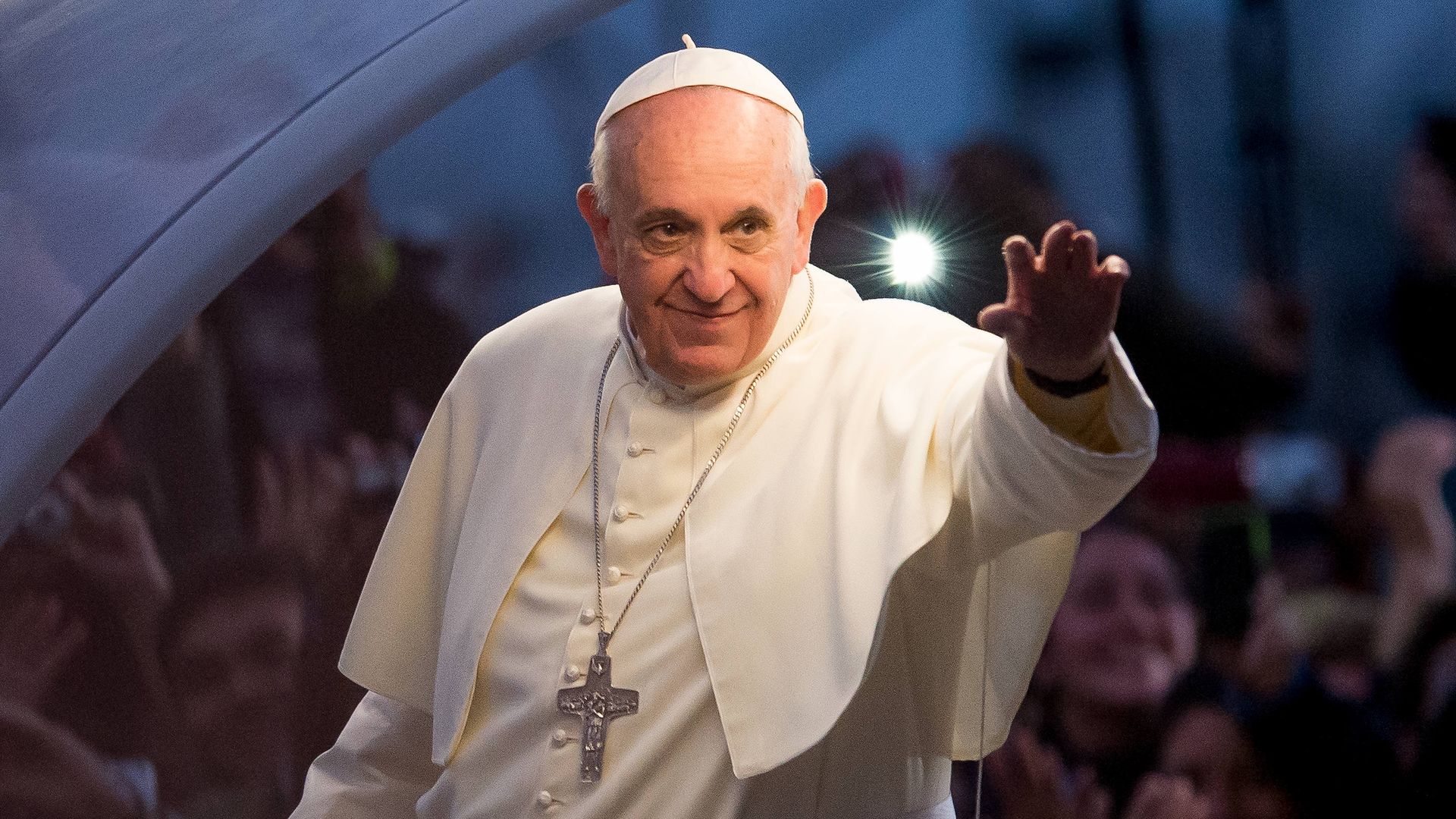After a battle of health issues, Pope Francis, born Jorge Mario Bergoglio, died Monday, April 21, at age 88 after more than a decade at the helm of the Roman Catholic Church. The Argentine‑born pontif succeeded Pope Benedict XVI, who stunned the world by resigning on Feb. 11, 2013.
Francis will be remembered not only for his background and pastoral style but also for the reforms he pushed to bring the Church into the 21st century. He was the first pope from Argentina, the first from the Southern Hemisphere, and the first non‑European to sit on the Throne of St. Peter since Gregory III, who died in 741. He was also the first pontiff to take the name Francis—and the first Jesuit ever to wear the white cassock.
Born to Italian immigrants on December 17, 1936, in Buenos Aires, Argentina, Bergoglio had a modest upbringing before he entered the seminary. Before his religious vocation, he graduated as a chemical technician.
Bergoglio entered the seminary and joined the Society of Jesus in 1958. He graduated in philosophy from the Colegio de San José in San Miguel and taught literature and psychology. He was ordained a priest in 1969 and made his final vows with the Jesuits in 1973.
In 1973, he was named the Provincial of the Jesuits in Argentina, where he served for six years. He later became a rector and parish priest at San Miguel and served as a spiritual director and confessor in Buenos Aires. In 1992, Pope John Paul II appointed him titular Bishop of Auca and Auxiliary Bishop of Buenos Aires. Then he was appointed Episcopal Vicar of the Flores neighborhood and then Vicar General of the Archdiocese. And in 1998, he was elevated to Archbishop of Buenos Aires.
Three years later, in 2001, Pope John Paul II named him a cardinal, and on March 13, 2013, his life changed forever when he was elected through a conclave as the new leader of the Catholic church.
The election of Jorge Mario Bergoglio as Pope occurred in exceptional circumstances, as his predecessor, Pope Benedict XVI, resigned from his position due to deteriorating health, being the first pope to resign in almost 600 years. Benedict XVI resigned the pontificate on February 11, 2013, at the age of 85, and became the first pope emeritus. Curiously, Jorge Bergoglio participated in the conclave that elected Benedict XVI as Pope year ago, in April 2005.
Almost a month after his resignation, the conclave was held in which Jorge Mario Bergoglio, archbishop of Buenos Aires, was elected. The Pope chose the name Francis in honor of the saint of Assisi, and became the first Jesuit to become Pope. In addition to this, he went down in history as the first Pope of the American continent.
Pope Francis, who was the 266th leader of the Catholic Church, became known for his humility and his focus on low-income people, in addition to expressing his concern about various social and geopolitical situations around the world, such as the recent wars in different latitudes of the planet. One of the gestures that characterized his pontificate was his humble way of living within the Holy See; He chose to reside in the Casa de Sana Marta, instead of in the Apostolic Palace.
There’s no question that those who experienced Pope Francis up close, catching his warmth and hearing his words—will keep his memory alive.
